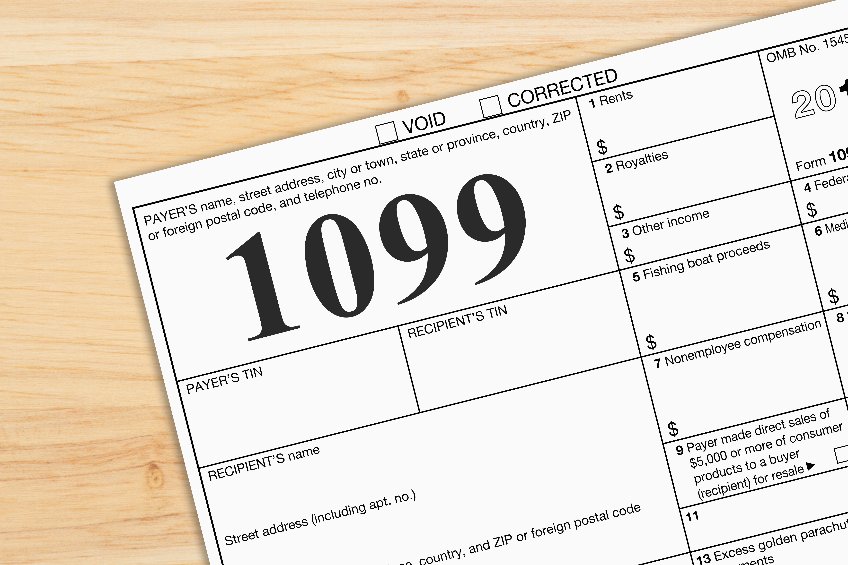The Form 1099 and W-2 are the most common tax forms used by the IRS. Workers receiving a Form 1099 are classified as independent contracts, while those with a W-2 are considered employees. Due to the various tax implications associated with each classification, it is necessary for every worker to receive the proper form.
What is the difference between a 1099 and a W-2?
In general, a 1099 is for independent contractors, while a W-2 is for employees. In the eyes of the IRS, independent contractors are self-employed individuals that have a significant degree of independence in relation to the work they perform. To determine the degree of control retained by the worker, there are three categories that must be examined. First, the IRS examines the behavior of the work, such as the control that the worker has over the performance of their job. The IRS also considers the financial aspects of the worker’s job, such as how they are paid and who provides the supplies. Lastly, the type of relationship between the worker and the payer is examined. This includes any written contracts, insurance policies, and retirement packages.
Can you change from a 1099 to a W-2?
If a worker believes that they should have been classified as an employee, and therefore have received a W-2 rather than a 1099, the first step is to speak with the employer. It is possible that a clerical error was made that resulted in the misclassification. Once the employer and worker are in agreement, there are two IRS forms that must be completed and filed. First is the Form 8919, which the IRS uses to determine the amount of uncollected Social Security and Medicare taxes. This is because unlike for employees, whose employer is responsible for paying Social Security and Medicare taxes, independent contractors are solely responsible for such taxes. The Form 8919 credits the employee’s Social Security earnings to their Social Security record.
The second form is the Form SS-8. This is a much more detailed form than the 8919, and it is where the employee proves to the IRS that the work they performed allows them to be classified as an employee rather than an independent contractor. The SS-8 allows the worker to present evidence that all three categories of distinction—behavioral control, financial control, and relationship of the worker and firm—weigh more heavily to the degree of employee than independent contractor. It is also strongly recommended that the worker attach any evidence indicating that they have been treated like an employee. This includes evidence that the worker used company equipment, worked according to a company-created schedule, had access to an office and other company facilities, and participated in work-related events.


